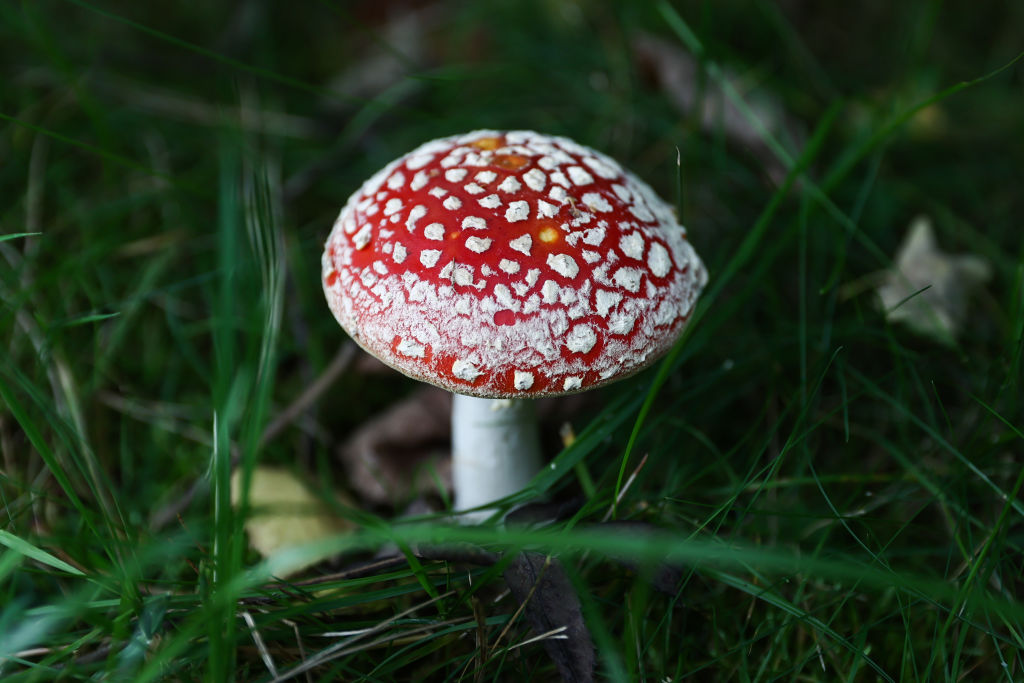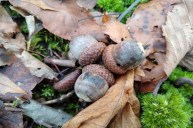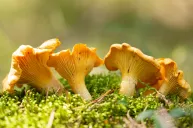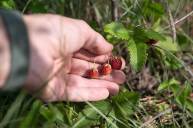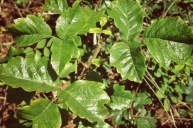Mushrooms (especially morel mushrooms) are a popular fungus to forage. But identification is tricky, and some mushrooms can be poisonous—as people in the Lake Tahoe Basin have been discovering.
According to South Lake Tahoe Now, several residents have gone to the emergency room after coming into contact with the Amanita muscaria mushroom. Eating the mushroom can lead to gastrointestinal symptoms—plus possible neurological issues.
The poisonous mushroom probably loves the area's recent spate of cool, wet weather. Tahoe's medical experts are warning people to keep pets and children away from the bright-colored fungi.
About Amanita Muscaria, a.k.a. Fly Agaric Mushrooms
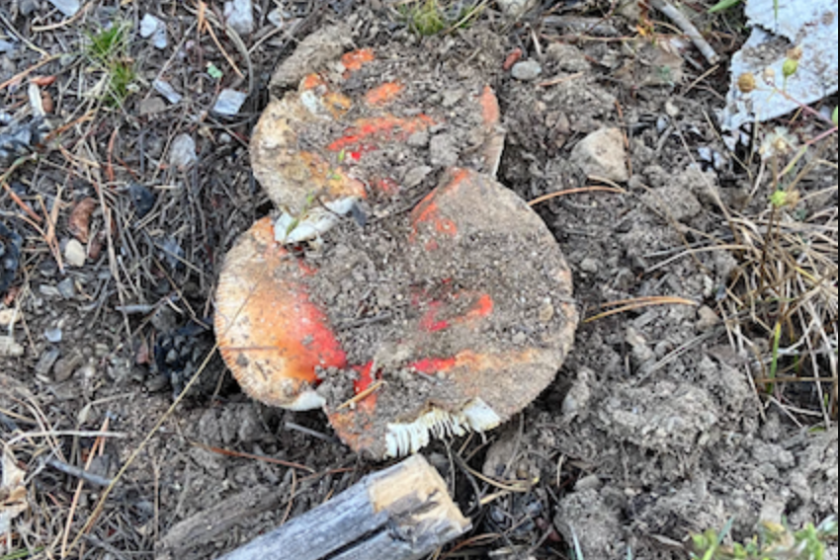
Barton Health
Amanita muscaria is also known as the fly agaric mushroom. It's found through North America, Europe, and Asia. Shamans in Northern Europe and Asia popularized its use as a psychoactive agent, but it can be quite dangerous. Especially for children, who are attracted to its bright red, cartoonish top.
Ingest the mushroom and you'll also get a dose of its toxic alkaloids. These can cause a host of symptoms, including nausea, vomiting, diarrhea, perspiration, eye watering, difficulty breathing, confusion, drooling, and excitability. People who eat fly agaric mustrooms will become sick in hours and recover in half a day or so, according to Britannica. Deaths are incredibly rare.
Dangers of Poisonous Mushrooms
Foraging for edible plants in the forest has become popular in recent years. But foragers have to be aware of which plants are edible and which plants are dangerous and toxic. Unfortunately, some look quite a bit alike. It takes research and practice (with experts) to distinguish safe mushrooms from their poisonous cousins.
If you aren't absolutely sure you've identified a wild mushroom, don't eat it. While no humans have died from eating the Amanita muscaria mushroom, you don't want to be the first.
The center cautions people who may have come into contact with a poisonous mushroom to contact poison control, call 911, or head straight over to your closest emergency room.
READ MORE: How To Tell The Difference Between Real and False Morel Mushrooms
